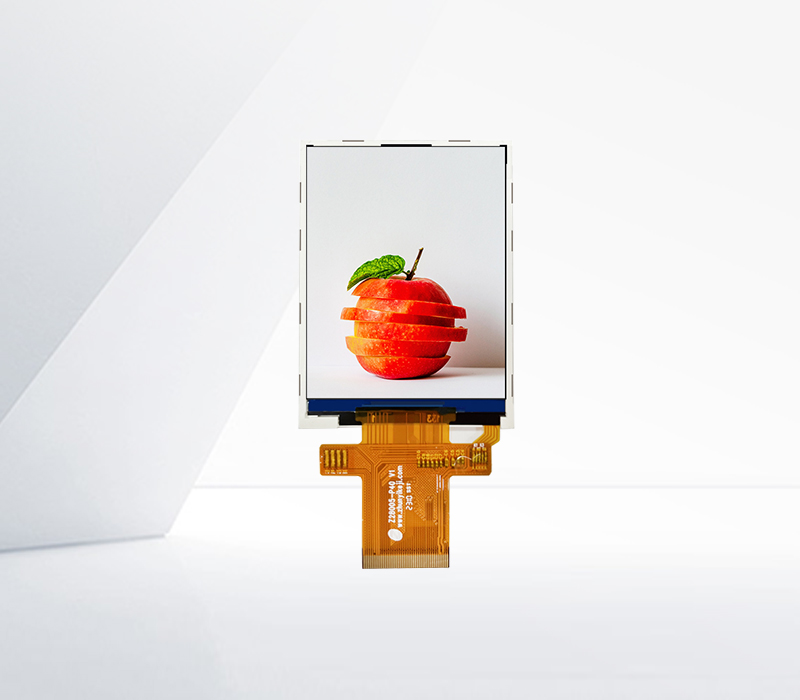




The user interface (UI) of touch displays in smart meters is designed to balance functionality, clarity, and accessibility, enabling users to monitor energy consumption, manage settings, and interact with utility data effortlessly. These interfaces prioritize simplicity, as smart meters are used by diverse demographics, including elderly users and those with limited technical expertise, while still providing detailed information for energy-conscious consumers.
Layout and navigation are key to usability. Smart meter touch UIs typically feature a clean, icon-based design with large, easily tappable buttons, reducing the risk of accidental inputs. Core functions—such as viewing current energy usage, accessing monthly reports, or adjusting display settings—are prominently placed on the home screen, minimizing the number of taps needed to reach critical information. Menus are structured hierarchically, with clear labels (e.g., “Usage History,” “Billing,” “Alerts”) and back buttons to help users navigate without confusion.
Data visualization is central to these interfaces. Smart meters collect vast amounts of energy data, which must be presented in a way that is easy to interpret. Touch displays often use graphs, charts, and progress bars to show hourly, daily, or monthly consumption trends. For example, a line graph might illustrate electricity usage over a week, with color-coding (e.g., red for peak hours, green for off-peak) to highlight cost-saving opportunities. Some UIs include interactive elements: tapping a data point can display detailed metrics (e.g., “7.2 kWh used at 6 PM”) or compare usage to previous periods, empowering users to make informed decisions about energy conservation.
Accessibility features are integrated to ensure inclusivity. Text is displayed in high contrast (e.g., white on dark backgrounds) to aid users with visual impairments, and font sizes are adjustable. Audible feedback—such as beeps to confirm inputs—assists users with limited vision, while haptic feedback (vibrations) provides tactile confirmation for actions like submitting a setting change. Some smart meters also support screen readers, converting on-screen text to audio for users with visual disabilities.
Security and privacy are embedded in the UI design. Access to sensitive data (e.g., billing details) often requires a PIN or password, entered via a numeric keypad on the touch display. The UI may include prompts to reset passwords periodically, ensuring unauthorized users cannot access personal energy information. Additionally, clear icons indicate when data is being transmitted to the utility company, fostering transparency about data sharing.
Customization options allow users to tailor the interface to their needs. For example, users can set energy usage alerts (e.g., “Notify me if daily usage exceeds 10 kWh”) or choose between metric (kWh) and imperial units. Some smart meters let users select a “power-saving mode” that dims the display after inactivity, extending battery life (for wireless models) while still allowing quick wake-up via a touch.
Durability and visibility are practical considerations. Smart meter touch displays are often sunlight-readable, with anti-glare coatings to ensure data remains visible even when installed in bright, outdoor locations (e.g., on home exteriors). The touch sensors are designed to work through dust, moisture, or minor scratches, maintaining responsiveness in harsh conditions.
In summary, the touch display UI of smart meters serves as a bridge between complex energy data and everyday users, making energy management accessible, informative, and user-friendly. By prioritizing simplicity, clarity, and accessibility, these interfaces empower consumers to take control of their energy usage and reduce costs.
